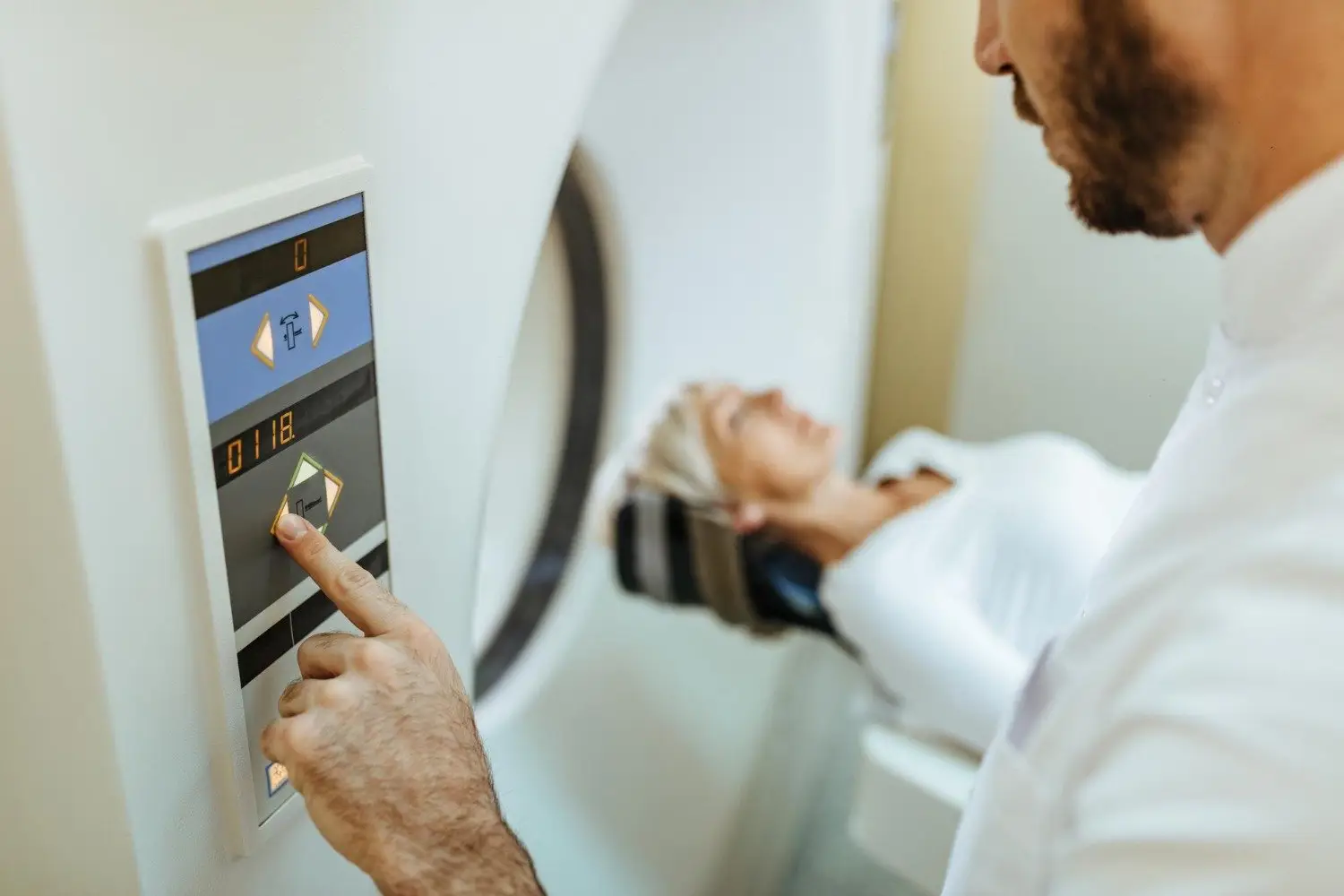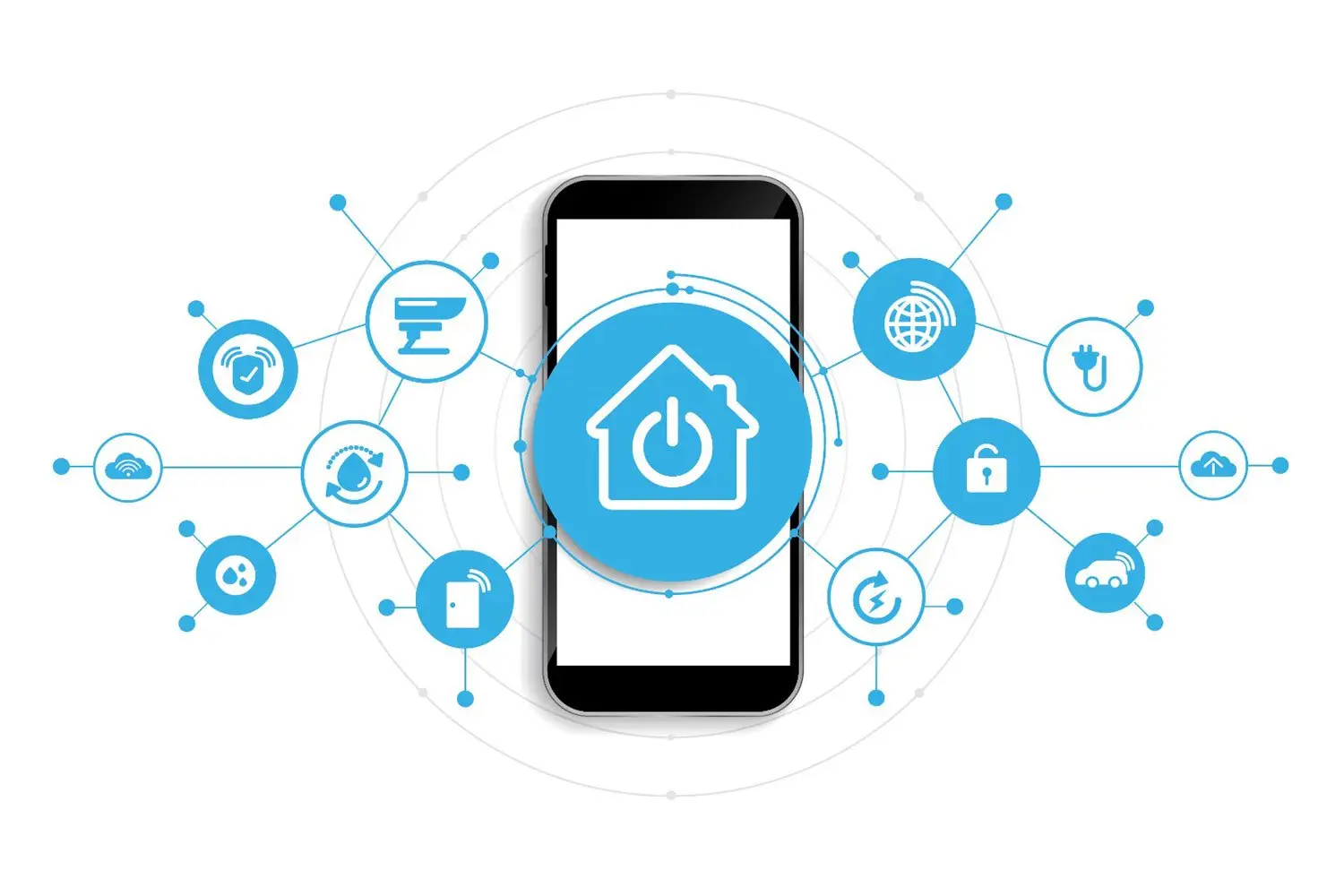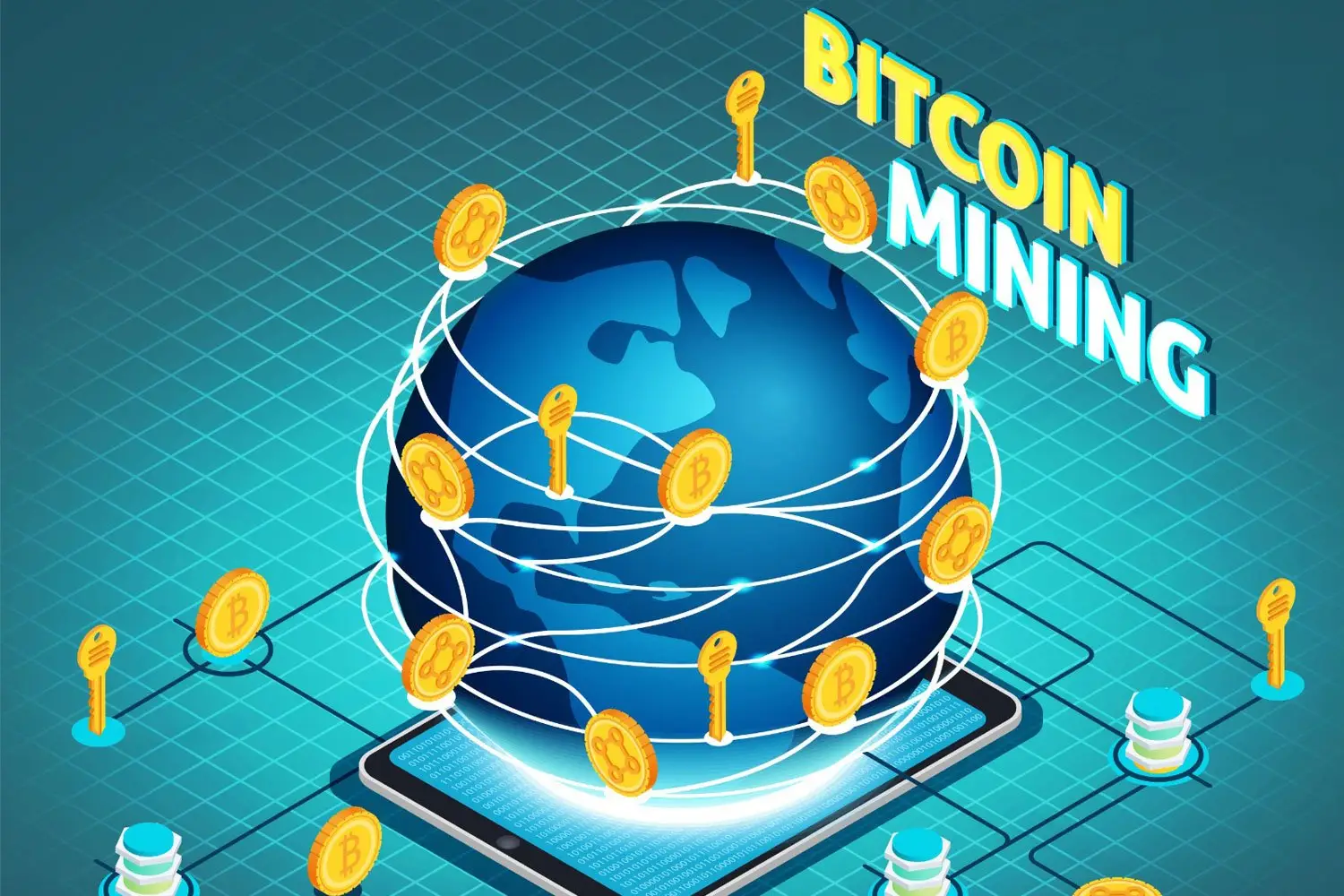Dr. Ayat Ahmed Alrosan
From Different Corners
The segmentation process of magnetic resonance imaging brain images (MRI) is an important procedure for both healthcare studies and clinical usage.
The initial three industrial revolutions have had a significant impact on human existence and commerce, resulting in a period of prosperity.
Dr. Waleed Alomoush
From Different Corners
Electronic learning (e-learning) is a cutting-edge technology that provides a powerful and scalable learning platform.
Dr. Manas Pradhan
From Different Corners
Digital gadgets have become a necessity in digital era of modern life style.
Mr. Omar Sattar
From Different Corners
Creative writing deviates from the conventions of academic or technical literature and is a fictional and creative type of writing.
Dr. Osama Dorgham
From Different Corners
Graphics processing units (GPUs) have been a key component of high-performance computing for the past ten years, and they continue to make strides in emerging industries like cryptocurrency mining, the Internet of Things, autonomous driving, and massively parallel computing.
Mr. Venkata Kumar
From Different Corners
In the nineteenth and twentieth centuries, mathematics was the driving force behind virtually all technical and scientific advancements.
Dr. Sharon (Shaimah) Mendoza Dreisbach
From Different Corners
Sustainability is a way of living that tries to create a balance between the economic, social, and environmental performance of an organization.
Prof. Raid Al-Adaileh
From Different Corners
No doubt that the world is undergoing many fundamental changes in all aspects of economic, political, social, and technological life.
Prof. Haitham Alzoubi
From Different Corners
There is a strong belief that even with the logical decisions we make, there are a lot of emotions feeding that logic. Professionals try to assure that people can put aside their feelings while they are making a particular decision, but in reality, that is almost impossible.













